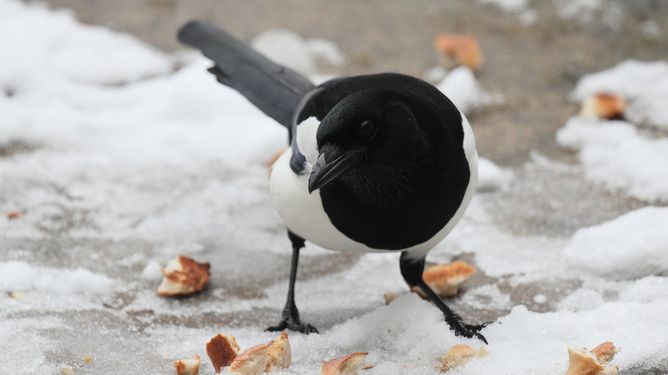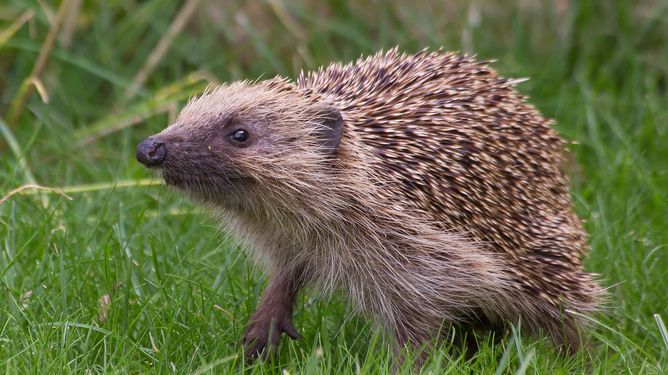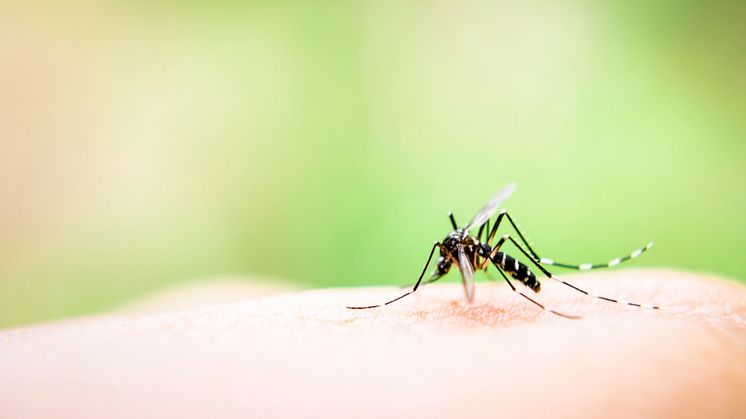Press release -
EXPERT COMMENT: Even zoos can no longer protect rhinos from poachers
Tanya Wyatt, Associate Professor of Criminology at Northumbria, writes about the plight of Rhinos and the recent zoo poaching for The Conversation.
Zookeepers at Thiory Zoo, near Paris, recently arrived at work to find their four-year-old rhinoceros, Vince, dead from a gunshot to the head. The larger of his two horns had been cut off with a chainsaw. The poachers responsible had forced open one grill and two locked doors in order to get into the rhino’s enclosure. Police presume that the smaller horn was not taken, and the zoo’s other two rhinos were not killed, because the poachers either did not have time or were interrupted.
There is speculation that the poachers are “professionals” and the horn will be smuggled to Asia.
No matter how shocking and heartbreaking it is to hear about the murder of this rhino, it should come as little surprise. In their native habitats the five species of rhino are at best “near threatened” and at worst “critically endangered” because they are poached for their horns. According to the charity Save the Rhino the total worldwide population was around 500,000 at the beginning of the 20th century. Today, there are just 29,000* left.
Vince’s species, the southern white rhino, is actually a conservation success story, as it has come back from the brink of extinction a century ago to an estimated population of at least 19,000. The good news ends there though. The black rhino population is estimated to be just over 5,000 individuals; the greater one-horn rhino over 3,500, and the Javan and Sumatran rhinos both under 100. Even the southern white’s numbers can’t protect it from poaching: if current death rates continue, it may become extinct in the wild by 2023.
There are huge profits to be made from poaching rhinos. Demand from Asia, where there is a long history of rhino horn in traditional medicine, means each horn can fetch tens or hundreds of thousands of dollars on the black market. This makes it one of the most expensive commodities in the world – potentially more valuable per kilo than diamonds or cocaine.
But poaching in the wild is getting harder. Anti-poaching technology is getting smarter, wardens are being militarised, and there are simply fewer rhinos left to target. The logical next step is for poachers and organised crime to adapt and choose “soft” targets such as zoos, safari parks and sanctuaries. There’s evidence this is already happening: an Irish organised crime group, the Rathkeale Rovers, is allegedly responsible for 60 rhino horn thefts from natural history museums across Europe.
Poaching in the west may not even be limited to “organised” crime groups. In the case of Vince the rhino, one grill, two locked doors and some surveillance cameras are not exactly sophisticated technology that “unorganised” criminals wouldn’t be able to get around.
But we shouldn’t be surprised if Vince’s killers turn out to be professionals. Organised crime, like most wildlife crime, adapts to conditions and looks for new opportunities to make money. Zoos seem to be ready targets where the benefits are very high and the risk of getting caught very low.
The horn is probably on its way to Asia, but let’s not forget that Europe is one of the three top consumers of illegal wildlife. China and the US are the other two. So while Europeans may have a reputation for being wildlife and animal lovers, there is a dark side to the continent’s relationship with wildlife that is often ignored.
Zoos and safari parks should increase their security measures and vigilance as chances are rhinos will not be the only victims of poaching in Europe because of the illegal wildlife trade. And that’s regardless of whether the demand is from inside or outside of Europe and if the poachers are organised crime or not.
*The figure of 29,000 was correct at the time of publication in 2017, however latest research and data from the World Animal Foundation show the whole world is now just left with 27,431 Rhinos.
This article was originally published by The Conversation. Read the origincal article here.
Topics
Northumbria is a research-rich, business-focused, professional university with a global reputation for academic excellence. To find out more about our courses go to www.northumbria.ac.uk
If you have a media enquiry please contact our Media and Communications team at media.communications@northumbria.ac.uk or call 0191 227 4571.









